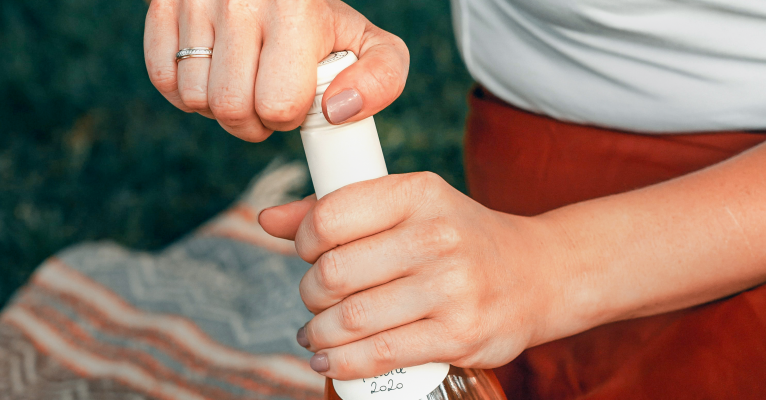Take control of your quality testing with Mecmesin
Check out some examples of common packaging testing applications in the wines and spirits industry.
Find out more about cork extraction of still and sparkling wines to 'pop and tear' testing on canned wines and cocktails in our test type overviews below.
Considering automated Quality Control?
Custom automation solutions from Mecmesin
Mecmesin can design and manufacture automated production-line test systems that run unmanned to improve efficiency and maintain strict quality standards.
By detecting defects early, you can prevent faulty batches, safeguard product integrity, and ensure smooth production, ultimately saving time and reducing costs.
Abrasion
Abrasion is the surface wear caused by rubbing with another material. Abrasion testing can be used to determine the wear and scuff resistance characteristics of print on cardboard boxes or on labels.
Cap torque
Preserving the characteristics of the bottled product whilst allowing easy opening and re-closing by the consumer, is fundamental. Winemakers and spirits producers are increasingly embracing the convenience of aluminum screw caps (aka ROPP caps).
Closure torque
Winemakers and spirits producers are increasingly embracing the convenience of aluminum screw caps (aka ROPP caps). Preserving the characteristics of the bottled product whilst allowing easy opening and re-closing by the consumer, is fundamental.
Coefficient of friction
Suppliers and users of wine/spirits labels know the decorative and functional importance of labelling to make the product stand out on the shelf. Coefficient of Friction (COF) is a significant topic in the world of packaging and is an important property of all materials that run on packaging lines.
Compression
There are various compressive applications within the wine and spirits industry that can be tested using Mecmesin compression testing equipment.
Cork extraction
The international test standard ISO 9727-5 describes the method for measuring the maximum 'cork-extraction force' of straight stoppers from a bottle, as such it is applicable to 'still' wines and spirits.
Peel strength
Peel testing is used to assess bond quality and is a simple way of determining the adhesion strength of a material, especially in the case of a thin film deposited on a substrate.
Seam strength
Bag-in-box 'cask' containers rely on the seam strength of the metallised film bladder to securely hold the contents. Testing the seam and tear strength of 'bag-in-box' containers is a key quality-control parameter.







